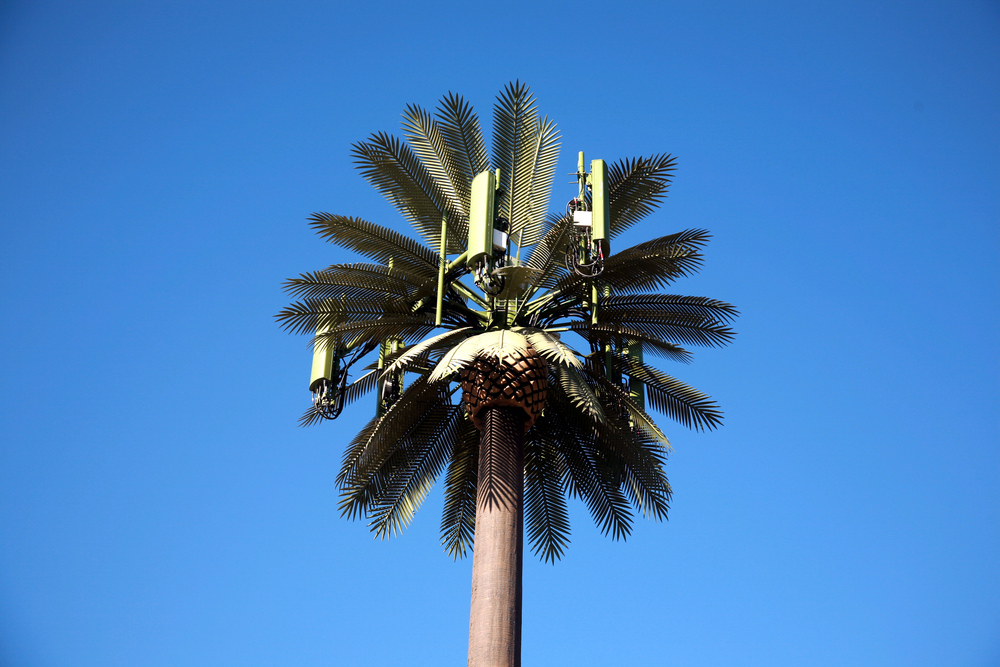How much is a single tree worth? Would you price it as logs or charcoal for cooking fires? As a building material? What about as an aesthetic pleasure improving the mental health of the city and thus its economic foundation and growth? Or, more interestingly, a natural way of filtering water in a city like Joburg which has some of the most polluted rivers in the world? What about its contribution to reducing smog and clearing air pollution in the city and reducing the cost of caring for the ill, or preventing storm water from flooding the roads?
According to a new report from the Gauteng-City Region Observatory (GCRO) – a partnership between Wits, the University of Johannesburg (UJ) and the Gauteng Planning Commission to investigate issues affecting land from Soweto to north Pretoria – trees and other green things are the ultimate multifunction devices, and by valuing our ‘green infrastructure’ according to its total worth you can shift certain assumptions about town planning on their head. Alexis Schaffler of UJ led a two year project to evaluate the place we often here referred to as the ‘world’s largest man made forest’. She says that not only does investing in ‘green infrastructure’ often offer better solutions to urban problems than ‘grey infrastructure’, but it can be better value for money as a tree can do several things at once while a pipe is just, well, a pipe.
“These ecological assets provide services in the same way as ‘hard’ infrastructure,” says Schaffler, “‘Green infrastructure’ does a while lot of things naturally.”
As part of the study, Schaffler also looked at how the green spaces in Gauteng also serve as a commentary on the area’s history. Lush and verdant Sandton blooms with well manicured gardens, while Soweto’s increasingly expansive parks are a tribute to its recent transformation and the long-term vision of the first mayor of Johannesburg, Amos Masondo, and his ‘Greening Soweto’ campaign. Almost a quarter of the land in Joburg’s northern suburbs is planted, while less than 7% of the city’s southern quarter can say the same.
While the Gauteng region has certain policies in place for extending and making more use of green infrastructure, one of the biggest challenges Schaffler’s team faced was the poor and inconsistent data held about the city’s geography. By painstakingly cross-referencing planning documents, boundary maps and survey reports with on-the-ground snapshots they revealed massive inconsistencies between what the local government thinks it owns as green space and parks and what land is actually undeveloped. Ambiguity and inconsistency were the major stumbling blocks, along with the strangely common classification of roads as ‘green spaces’.
The report differentiates between direct economic value and the wonderfully phrased ‘hedonic pricing’, where the latter attempts to quantify the benefit of recreational spaces. It’s full of tables, which report low, medium and high estimates for the economic value of land but some of the more interesting figures are:
- Wetlands offer R33 768 per hectare per year of value in water quality improvements as a result of filtering waterways.
- They also generate R387 per hectare per year through preventing flood damage downstream, and R15 874 in direct economic activity.
- The medium estimate of the total economic value of all of Gauteng’s greenery is R57 963 403 per year.
- Up to R20m value could be achieved by planting 115 000 indigenous trees in poorer areas.
Head of the Gauteng Planning Commission, Rashid Seedat, told us that he welcomed the report would use it in future strategy discussions. The priority for the region, he said, is to stop urban sprawl and focus on redeveloping brownfield sites.
You can download the full report here.
(Image via Shutterstock)

